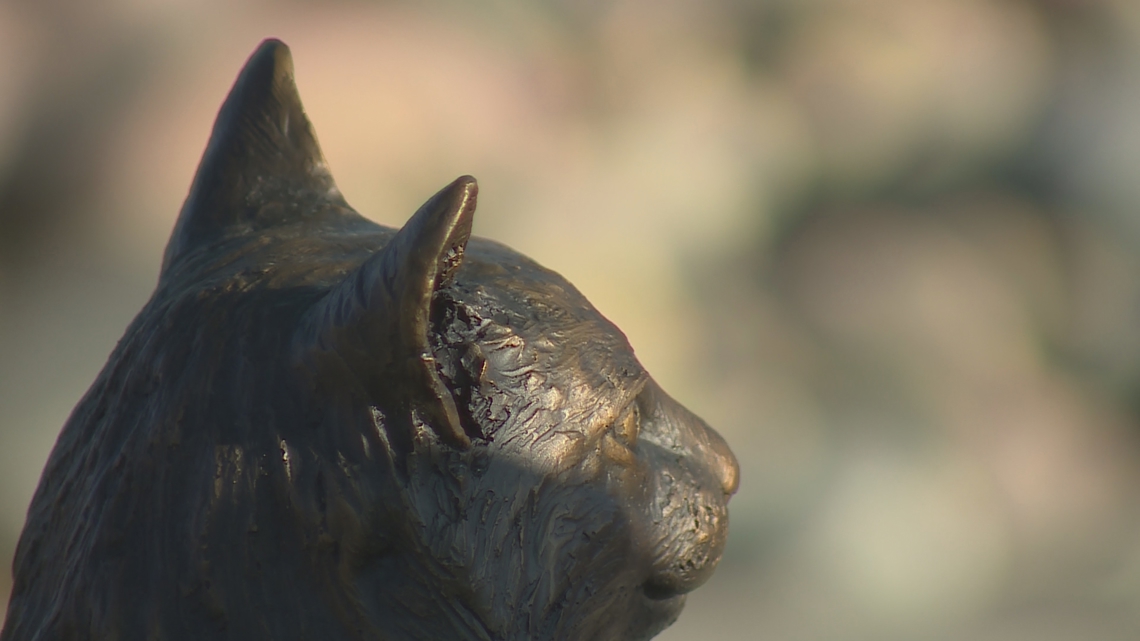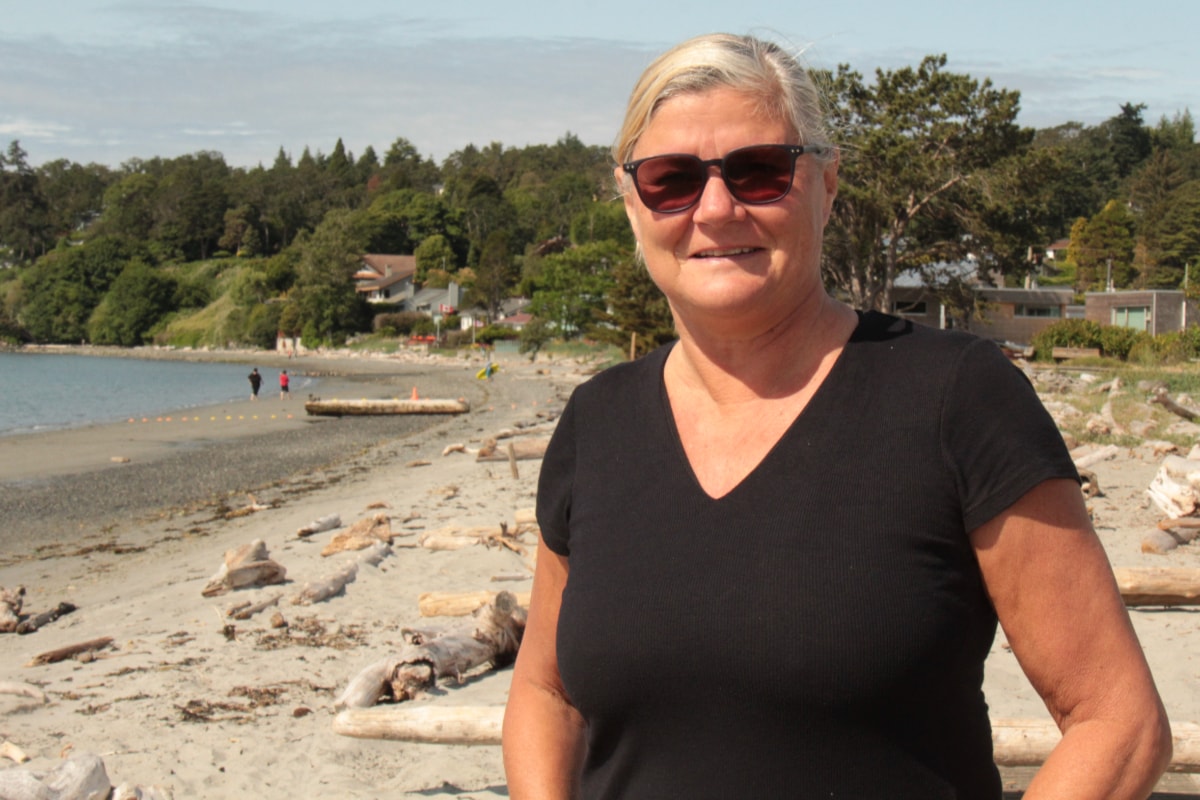Saturday marks the 30th annual “Return of the Salmon Festival” at the Coleman National Fish Hatchery in Anderson. The festival's name and significance comes from Chinook salmon returning to the Battle Creek Watershed every year in October.
ANDERSON, Calif. – Saturday marks the 30th annual “Return of the Salmon Festival” at the Coleman National Fish Hatchery in Anderson.
The festival's name and significance comes from Chinook salmon returning to the Battle Creek Watershed every year in October.
According to its project manager, The Coleman Fish Hatchery is one of the largest federal fish hatcheries in the lower 48 states.
At Coleman, Chinook salmon are hatched, and when old enough, released into the Battle Creek Watershed, which eventually flows into the Sacramento River.
“When Shasta Dam was built in 1942, they were looking for a place to mitigate the loss of habitat because of the dam” Coleman Fish Hatchery Project Manager Brett Galyean explained. “They picked this site here in Anderson because they had historical operations here of restoring salmon. And, we also have a really good watershed due to Mount Lassen and the cold water that comes off the hill.”
According to Galyean, Chinook salmon thrive in water temperatures below 57 degrees, which Battle Creek provides year-round.
“We're tied to the Central Valley project. So farmers get less water if we can't keep salmon alive” Director of the Battle Creek Watershed Conservancy Trey Hiller told Action News Now. “Battle Creek is not just critical for the environmentalists, it's critical for the farmers as well.”
For the first time in many years, folks got a chance to tour the ozone facility at the hatchery.
The ozone facility is where water is treated, to help keep Chinook salmon alive and healthy.
Ted Dawson is a member of the Nor Rel Muk Wintu tribe in Trinity County.
For the past 22 years, Dawson has been catching and preparing Chinook salmon for the festival.
Earlier this week, Dawson handpicked 30 Chinook salmon from the harvesting side of the hatchery. He then fileted them at home, portioned them up, and froze them until they were ready to be cooked Saturday.
“The first batch takes about an hour and a half. From now on, they'll take about an hour” Dawson explained.
He says the salmon are cooked with Alderwood and Oakwood in a trench fire, which gives the salmon its flavor. “All of the people in Northern California, towards the coast, cooked their fish and animals this way.”
The hatchery's goal is to release 12 million salmon into the watershed next spring.
Right now though, the hatchery only has 1.5 million eggs on hand.
The hatchery is calling this a low run, and working with other state fish hatcheries to acquire eggs and boost production ahead of the spring.
“Every year, there's somebody out here that'll say (they've) lived in Anderson for 20 years and didn't know the hatchery was here. Just come out and enjoy nature, see the place, enjoy it and take advantage of this” Galyean said.
Other attractions at the festival included a chance to climb into a helicopter and fire truck, pet horses, and grab a picture with Smokey the Bear himself.
And, not to forget, free samples of smoked Chinook salmon.









